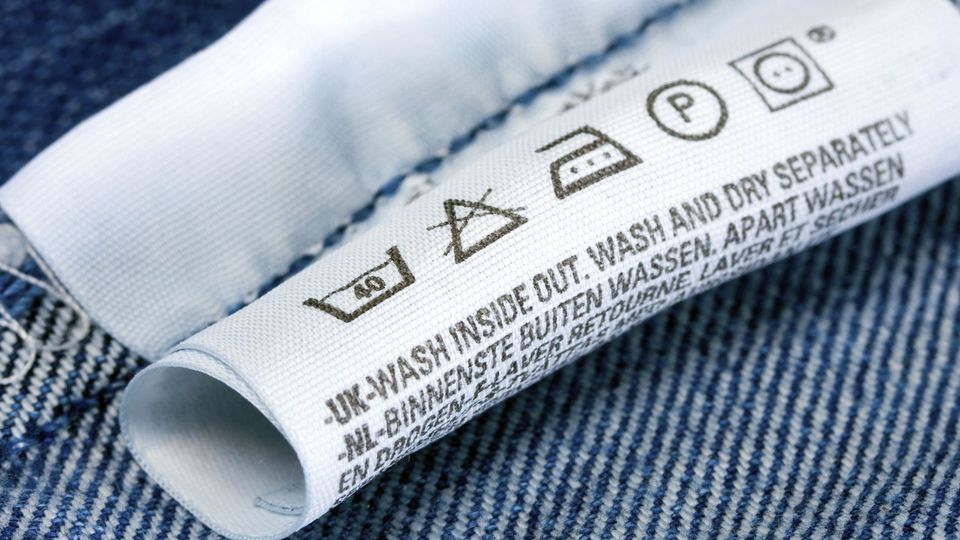Labels are important for giving the information to the clients about the law or standard followed by the manufacturer or retailer according to the requirements of the countries.
Materials:
Material used by the labels are cotton, polyester, silk, polyamide etc. usually fabrics are shiny finish with soft hand feel along with clearly visible text and most important it should be durable. Labels can also be directly printed on the products.
Woven labels which are quite popular are made from the fabric like satin, taffeta and damask. Usually labels are in rectangle shape with the size of 3cm to 6cm. Now a day’s labels are available in different shapes, colours sizes and designs, based on the requirement of your products. You can make the labels with multiple layers to get all required information and to avoid long labels.
Text viewability:
As I mentioned above the text of the clothing labels should be clearly visible in-order to avoid any misunderstanding by the end users. To branding the brand label visibility of the labels are most important, so while designing the labels, designers must consider these facts. Also, when we come to care instruction, it is our duty to inform the customers how to treat the products while cleaning. So, in this context viewability of the information plays an important role.
Durability:
The labels must be durable and flexible enough in-order to run a long life even more than the product’s life. It should not be fade or discolouration that will also give indication to the customers that product is still usable.
Care instructions:
While choosing the care instructions for clothing labels go with the clothing experts, in case of multiple fabrics are used in a product. In this case if the fabric is quite similar then only, we can go with one piece of clothing label with the same care instruction.
On clothing labels there are few mandatory instructions which need to be there such as where the product is made from and how to maintain the product. The maintenance guidelines on a product label should apply to the whole item, which ensures only the most fragile fabric should be used to make the clothing label.
The temperature of the water used for cleaning and whether machine cleaning is permissible are typically stated on the labels. When you have one piece of fabric that has to be washed in cold water or can’t be washed without destroying it, the whole piece of clothes should be labelled dry cleaning only.
You cannot mark clothing as dry clean if the fabric can be washed in a machine without causing harm. Labelling should usually be performed by someone who has some experience in fabric maintenance, and if you don’t have the experience, washing the fabric yourself can help you figure out what cleaning methods are appropriate.
Country of Origin:
Fabric’s country of origin is also important to mention on the label. Certain items of clothing may differ in price depending on the country of manufacture, inspections and taxes may differ depending on the source of the garment, and consumers may check the label to decide if they want to purchase or boycott garments manufactured in specific countries.


